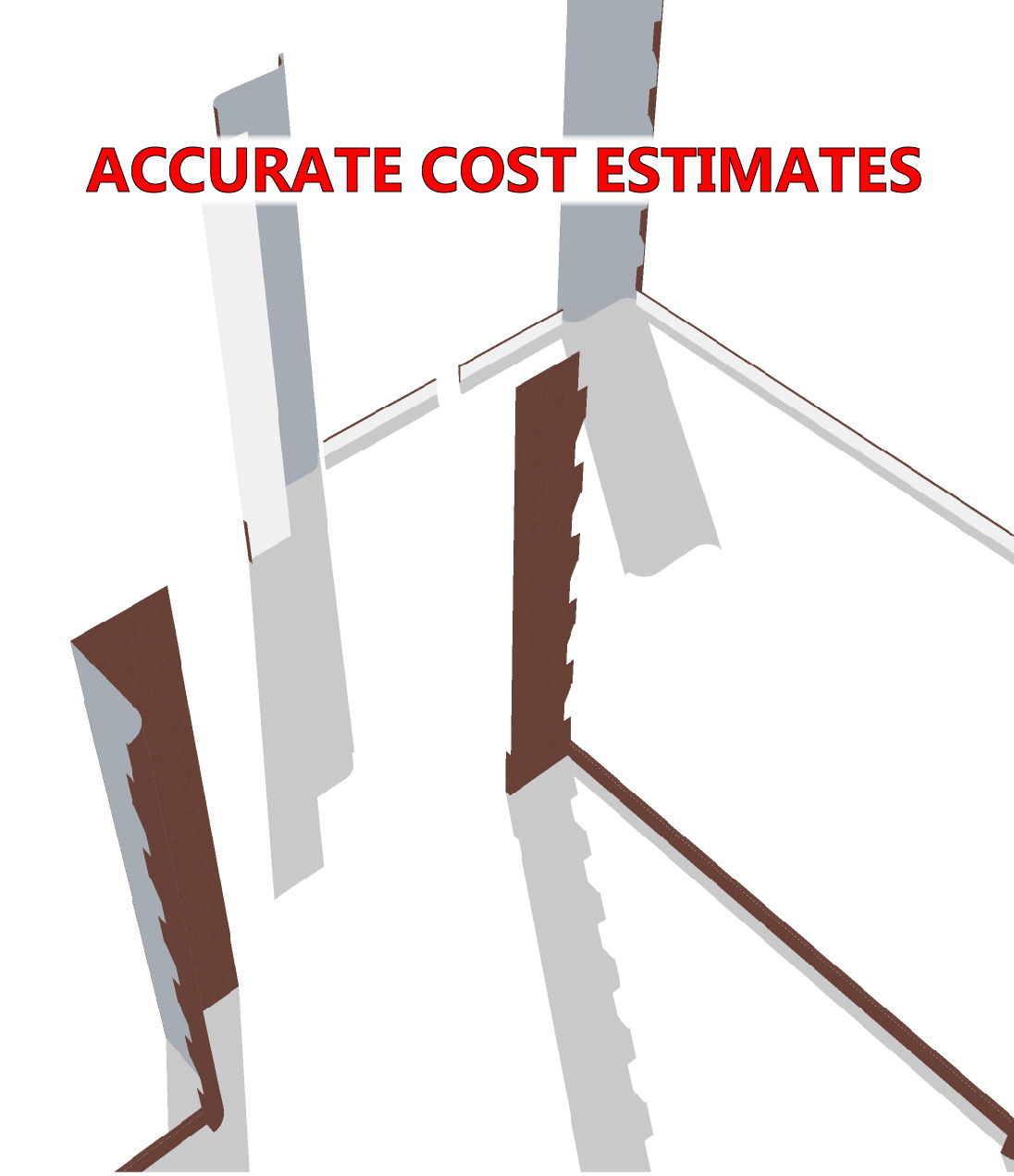General Information on Paint and Coatings
From multiple sources including PPG, corrosionpedia.com, Durability+Design Magazine and Concrete Network. Guidance on specifying paint for architectural applications is provided.
Coating Basics at PPG High Performance Coatings
Basic information on waterborne acrylics, epoxies, urethanes, alkyds and specialty coatings, zinc primers, silicone alkyds, flooring coating systems and surface preparation products.
Composition of a Paint Coating
This corrosionpedia.com article, an overview of paint coatings and their compositions, is an abridged version of Chrissy Stewart‘s and Cheryl Roberts‘ Composition of a Paint Coating article featured in ASM Handbook, Volume 5B: Protective Organic Coatings. The roles of pigments, vehicles, volatile organic compounds, film-forming mechanisms of various coating types, and coating systems are described. English, somewhat non-technical definitions of the terms, that could be universally adopted, are provided.
Fundamentals (8) of a Good Coatings Program
This August 30, 2016 corrosionpedia.com article by D. Terry Greenfield, PCS covers:
Accurate Understanding of Conditions
Knowledge-Based Standards
Requirement-Based Specifications
Qualified Materials
Trained and Qualified Personnel
Quality Control and Assurance
Ongoing Evaluation and Maintenance
Data Management Systems
Generic Architectural Coatings: Performance and Uses
Durability + Design E Book. Article titles are: Acrylic Coatings: Not Just Paint, Liquid vs. Powder: A Comparative Review of Fluoropolymer Coatings, Raw Advantage: Advanced, high-performing architectural coatings start with innovative ingredients: an independent overview, Selecting Polysiloxane Topcoats, Framing Architectural Polyurethane Coatings

How To Know That Paint Has Dried By Charles S. Brown, Greenman-Pedersen, Inc.
This May, 2016 PaintSquare article instructs how to know when paint is: 1- Dry to the touch 2- Hardened and 3- Cured. It also names and describes the conditions, such as blushing, cratering, wrinkling, etc. that reveal incomplete drying and other problems.
How To Specify Paint
December 2014 Durability + Design Article by Joe Berchenko of Masterspec gives sound guidance of a general nature on how to specify paint according to the standard used by architects.
MightySeal.com FAQ
What are the different types of concrete sealers? Mighty Seal’s list of penetrating and film forming sealers includes silicone concrete sealers, silane concrete sealers, silicate concrete sealer, siliconate concrete sealer, siloxane concrete sealers, silane siloxane concrete sealer blends, acrylic concrete sealers, polymer resin concrete sealer, epoxy and urethane concrete sealers and Linseed Oil concrete sealer.
Preservation Perspective on Coatings
This March 2017 Design+Durability Magazine article by Deborah Slaton of Wiss, Janney, Elstner Associates of Northbrook, Illinois is an in-depth look at the considerations in play when the historic nature or character of a surface is important.
Selecting Exterior Topcoats: Aesthetics and Performance Considerations
This June 2016 Design+Durability Magazine article is co-authored by Jennifer Gleisberg and Terry Wallace, both employees of Tnemic Corporation, manufacturers of LUMIFLON flouroethylene venyl ether (FEVE) resin. Comparisons of costs and properties, particularly UV resistance are provided for six coating categories: epoxies, alkyds, acrylics, aliphatic polyurethanes, polysiloxanes and flouropolymers, specifically FEVE. (PVDF, another flouropolymer resin used on architecture is not mentioned in the article.)
Selecting Coatings by Brand
This January 2017 Design+Durability Magazine article brings to light the method many contractors use when the task of selecting coating materials and methods falls to them. Without designers or professional specification writers material selection typically falls to the contractor and his choices can be based on the manufacturers with whom he has experience.
Specifying Coatings for Architectural Metals
This September 2016 Design+Durability Magazine article by Gabriel Morales-Sada is about choosing the correct coating system for aluminum and galvanized steel.
Top 10 Concrete Sealer Questions
What concrete surfaces should be sealed? What if the concrete surface isn’t sealed? What’s the price of concrete sealers? What will the sealed concrete surface look like? How is concrete sealer applied and can I apply myself? When do I apply concrete sealer? What will my concrete sealer repel? Will concrete sealer make my concrete slippery? How long will my concrete sealer last? Is concrete sealer environmentally friendly?
Waterproofing with Silicon-Based Materials
Water-resistant, breathable coatings on porous surfaces are usually silicon-based. Siloxane, silane, and silicone rubber, are the most common varieties. They’re effective in part because of their ability to penetrate substrates without effecting porousness. These silicon-based materials share a number of characteristics, for example they don’t noticeably alter the appearance of most surfaces or the underlying material’s breathability. The distinctly different attributes of siloxane, silane, and silicone rubber affect how they are manufactured and used.
Wood Finishes
DIY Network article titled, “What’s the Difference Between Polyurethane, Varnish, Shellac and Lacquer?”
Marine Applications
Wood finishes including oil, varnish and two synthetics sold by West Marine are described in “Wood Finishes” from their “Advice and How-To Page”, the “West Advisor”.
Woodworkers Journal article from September, 2014 titled, “Understanding Stains: Pigments and Dyes”.




